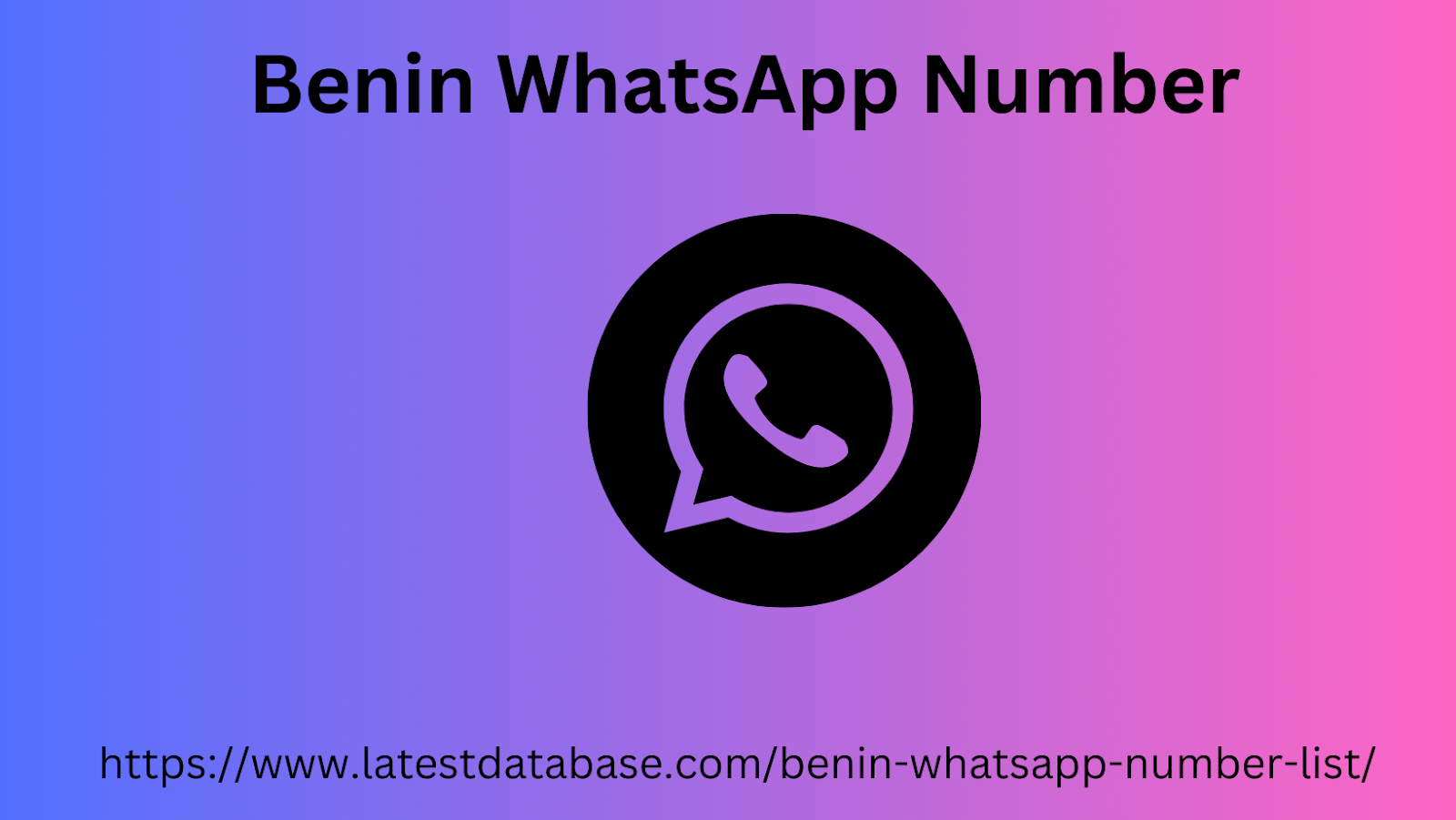|
|
You just need to focus on the pages that really bring home the bacon. Maybe your product overview page has a killer conversion rate, or maybe it’s your FAQ page or product documentation. Whatever your strongest pages are, those are the pages you should be testing. Some web copy elements you might want to test could include: Questions versus statements in headlines Headline length Short-form versus long-form copy Language and/or word choice (power words anyone?) Points of view (i.e. first-person versus third-person) Actually conducting an A/B test on your web copy is largely similar to the way you’d split-test pretty much anything else.
Begin by identifying those high-value pages using Google Benin WhatsApp Number Analytics or similar data, then create two versions of the page, each with its own unique copy. Send approximately 50% of your total traffic to the control version of the page (the original page as it exists today), and send the other half to the variant (the page with the new copy). Allow the test sufficient time to ensure you’re working with a statistically significant data set, and see which page converted better. Easy, right? Well, kinda. Website copy A/B test concept Image via VWO. Since you want to figure out which copy performs more strongly, you need to test copy that actually asks the user to do something.

This could be a prompt to download a guide, sign up for a free trial, subscribe to a newsletter – some kind of clearly defined call to action. If you don’t focus on actionable copy with a true call to action, it’s harder to determine if the variant of your copy is any better than the control page. However, since your highest-value pages are likely already associated with a defined conversion pathway, this shouldn’t be an issue but it’s worth bearing in mind. How this improves your website copy By giving you data, rather than assumptions, on what copy really resonates with potential buyers. 6. Think About Intent At All Times and Write From the Perspective of the User We’ve talked about commercial intent before (as well as the wider topic of intent marketing),t into their web copy.
|
|